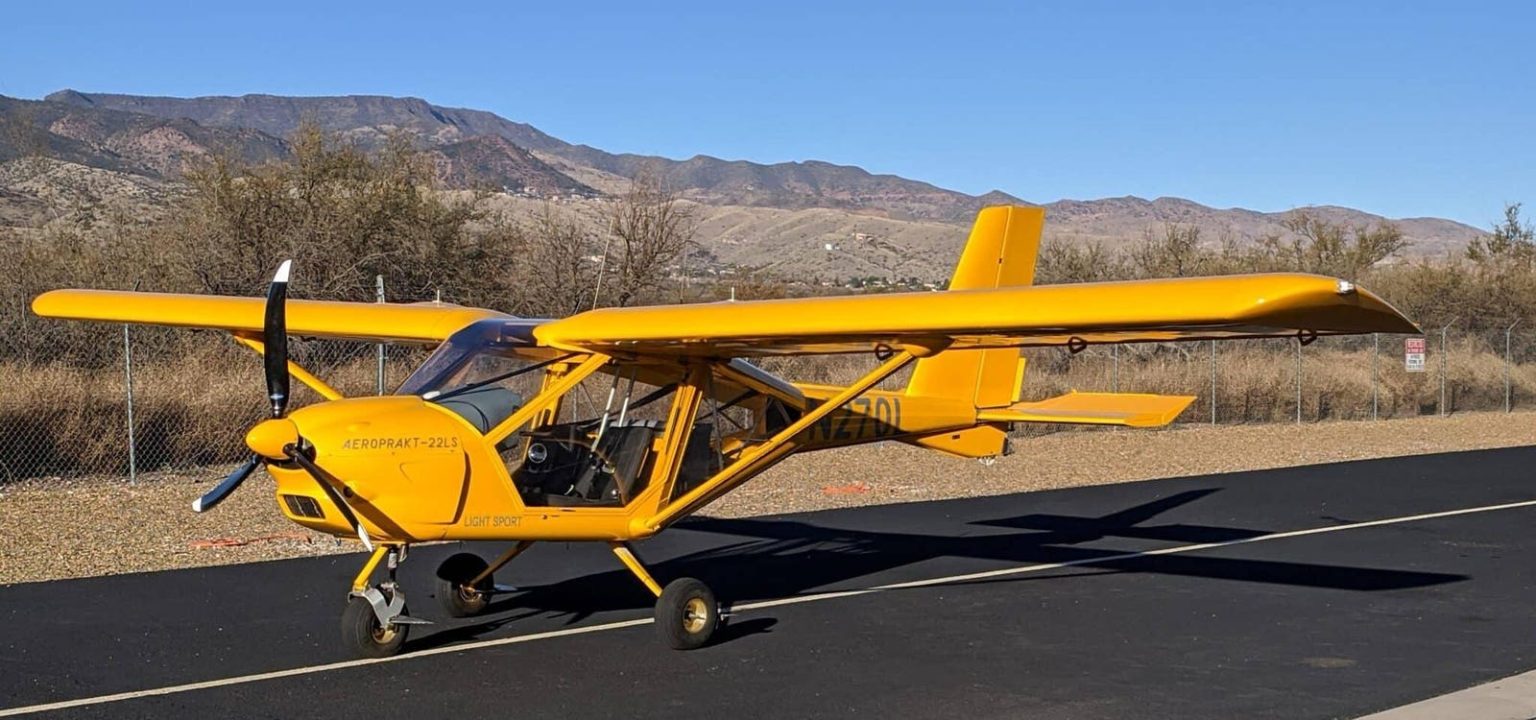The Ukrainian government recently carried out a strategic attack on Russia’s Alabuga Special Economic Zone industrial campus using an ultralight sport plane rigged with explosives. The drone used in the attack is believed to be based on an Aeroprakt A-22, a small sport plane with a capacity for two people. This innovative use of the A-22 suggests that this type of drone may be used in future attacks.
The conversion of the A-22 into an explosive drone highlights its simplicity, reliability, and affordability, making it an ideal candidate for drone conversion. Costing only $90,000 per unit, an A-22-based drone is significantly cheaper than American-made anti-tank missiles such as the Javelin. With its potential to travel 600 miles through Russian air defenses and deliver explosive payloads accurately, the A-22 drone offers a cost-effective means of carrying out strategic strikes.
The scalability of the A-22 drone production suggests that more attacks may be attempted using this innovative technology in the future. Following the Alabuga raid, which reportedly resulted in injuries and damage to the facility, the Ukrainian Conflict Intelligence Team expects further attempts to utilize the A-22 drone. The drone’s capabilities as a slow cruise missile make it an attractive option for strategic attacks despite its limitations in terms of speed.
By repurposing the control systems of the A-22, the Ukrainians were able to create an autonomous drone capable of carrying out precise strikes without permanent modifications to the aircraft. The use of such technology highlights the ingenuity of the Ukrainian forces in adapting civilian aircraft for military purposes. The affordability and range of the A-22 drone make it a cost-effective alternative to more expensive cruise missiles.
In comparison to other Ukrainian-made cruise missiles, such as the Neptune and Storm Shadow, the A-22 drone offers a longer range at a fraction of the cost. While its low speed may make it vulnerable to Russian air defenses in theory, the vast expanse of Russian territory allows for opportunities for the A-22 drones to evade detection and carry out strategic strikes. The success of the Alabuga attack demonstrates the effectiveness of the A-22 drone in combat situations.
The future use of the A-22 drone in military operations remains uncertain, but its affordability, simplicity, and adaptability make it a promising option for the Ukrainian forces. As technology continues to evolve, the conversion of civilian aircraft into unmanned aerial vehicles presents new opportunities for strategic strikes. The innovative use of the A-22 drone in the Alabuga attack underscores the importance of adaptive tactics in modern warfare.


